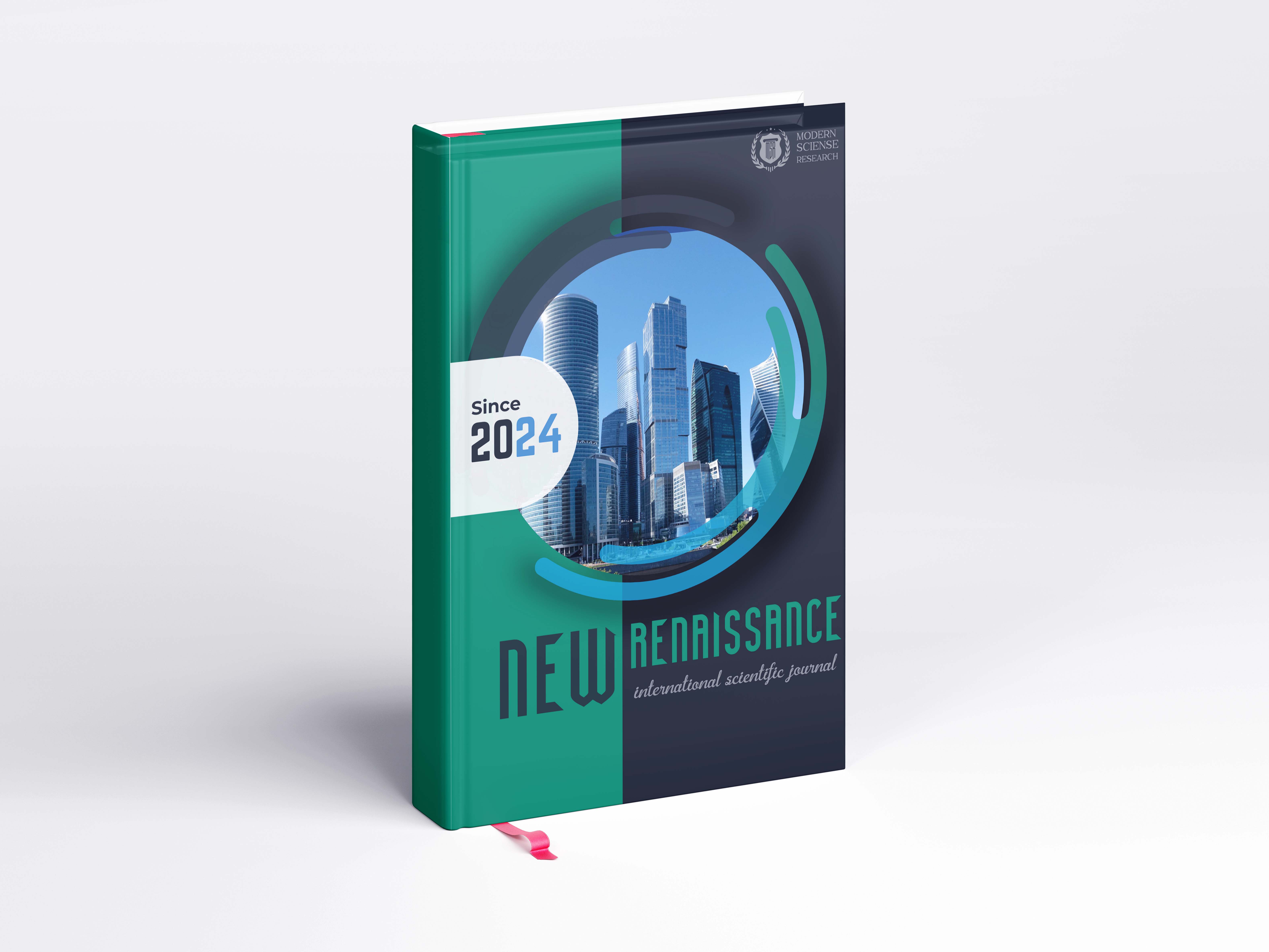Abstract
This article delves into the ancient and medieval understanding of numbers not just as tools for counting, but as powerful symbols of cosmic and spiritual meaning. Rooted in early civilizations such as Babylon, Egypt, and Canaan, the mystical interpretation of numbers found its most complete expression in the philosophy of the Pythagoreans. For them, numbers reflected the very structure of the universe — a bridge between the finite and the infinite, the material and the divine. The article traces how specific numbers like 1, 3, 7, 10, 12, and 15 held deep symbolic weight across different traditions, from Greek philosophy to early Christian theology and Byzantine teachings. It also reflects on how the symbolic view of numbers gradually gave way to a more abstract and infinite mathematical vision in the modern era, beginning with Descartes. In doing so, the article invites readers to see how the concept of number has shaped not only mathematics, but the way people have understood the world and their place in it throughout history.
References
Бычков В.В. Aesthetica Patrum. Эстетика Отцов Церкви. – М.: Ладомир,
1995. – 593 с.
Гайденко П.П. История греческой философии в ее связи с наукой. – М.; СПб.: Центр гуманитарных инициатив, 2012. – 319 с.
Гёррес Й. Афоризмы об искусстве // Эстетика немецких романтиков. – М.:
Искусство, 1987. – С. 58–202.
Кириллин В.М. Символика чисел в литературе Древней Руси, (XI–XVI века). – СПб.: Алетейя, 2000. – 320 с.
Лосев А.Ф. История античной эстетики. – М.: Искусство, 1980. – 766 с.
Орлов Г. Древо музыки. – СПб.: Сов. композитор, 1992. – 408 с.
Хейзинга Й. Осень Средневековья. – М.: Наука, 1988. – 540 с.
Шпенглер О. Закат Европы. – М.: Мысль, 1993. – 669 с.
Other used literature
Sadullayeva M.A. Digital culture as a humanitarian phenomenon. // EPRA International Journal of Research and Development (IJRD). -Volume: 5 | Issue: 10 | October, 2020. – PP.231-235. (09.00.00; №12; 14. Indexed by Index Copernicus; Researchbib)
Sadullayeva M.A. Falsafada ramzning gnoseologik tahlili. // International journal of education, Social science and humanities. - Finland, 2024. – Volume 12. Issue 1. – PP.186-197. (09.00.00; №. Indexed by Researchbib)
Sadullayeva M.A. Philosophy of numbers in Eastern and Sufi literature. // Imom Buxoriy saboqlari. – Samarqand, 2023. - №1. – B.109-112. (09.00.00; №9)
Sadullayeva M.A. Number as the essence of things: philosophy of Western and central Asian scientists. // Imom Buxoriy saboqlari. – Samarqand, 2024. - №1. – B.48-51. (09.00.00; №9)
Sadullayeva M.A. Number as the essence of things:Pythogorean philosophy. Ijtimoiy-gumanitar fanlarning dolzarb muammolari.- Toshkent, 2024.- № 10.-140-145.
Sadullayeva M.A. Islamic architecture and its symbolic language of numbers. // International Book Edition of the countries of the Commonwealth of Independent States «BEST YOUNG SCIENTIST – 2020». March, 13-17. 2020. – PP.116-120
Sadullayeva M.A. Analysis of symbol in the history of philosophy. // Proceedings of International Conference on Scientific Research in Natural and Social Sciences - Toronto, Canada. - 5th July, 2024. -PP.202-205.
Sadullayeva M.A. Exploring the role of numbers in William Blake’s visionary works. Journal of scientific research, modern views and innovations. Vol.1, Number 4. 2025
